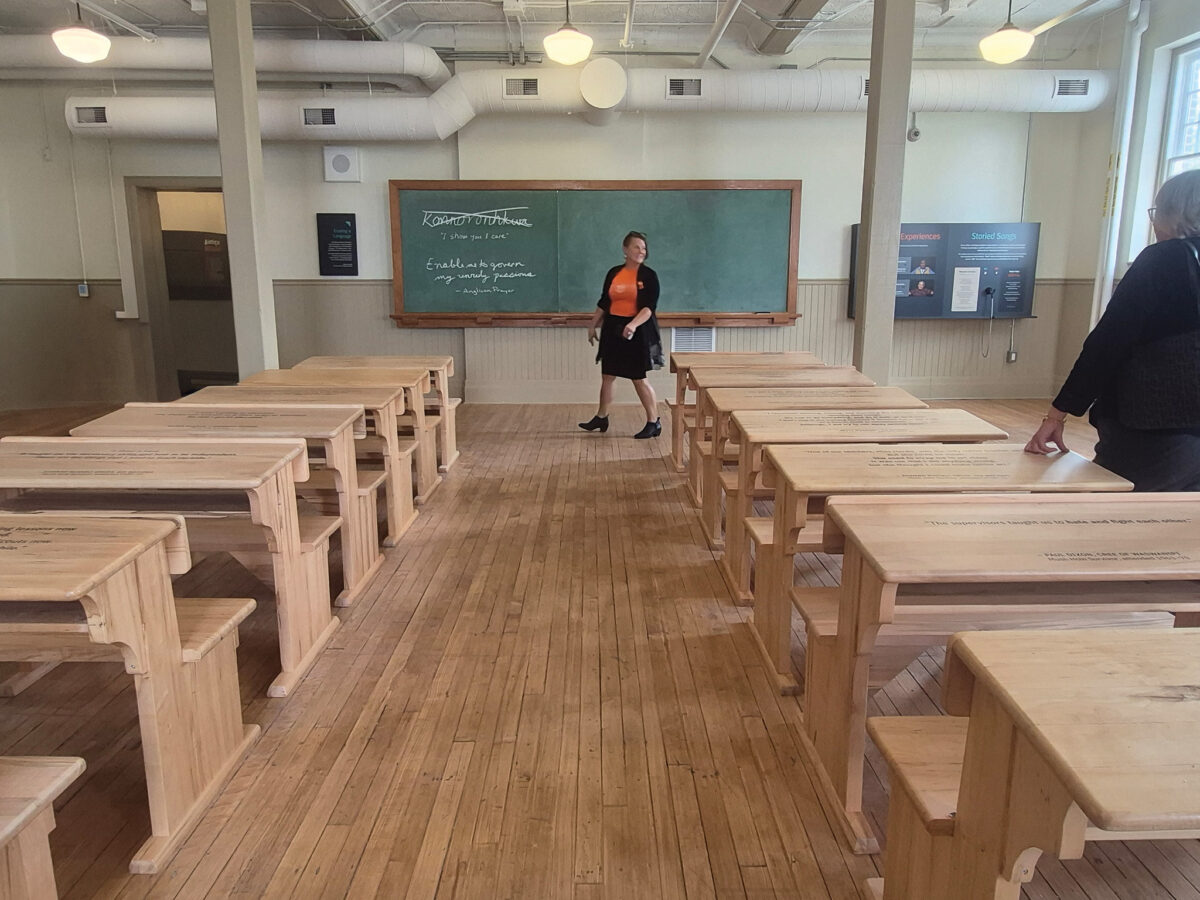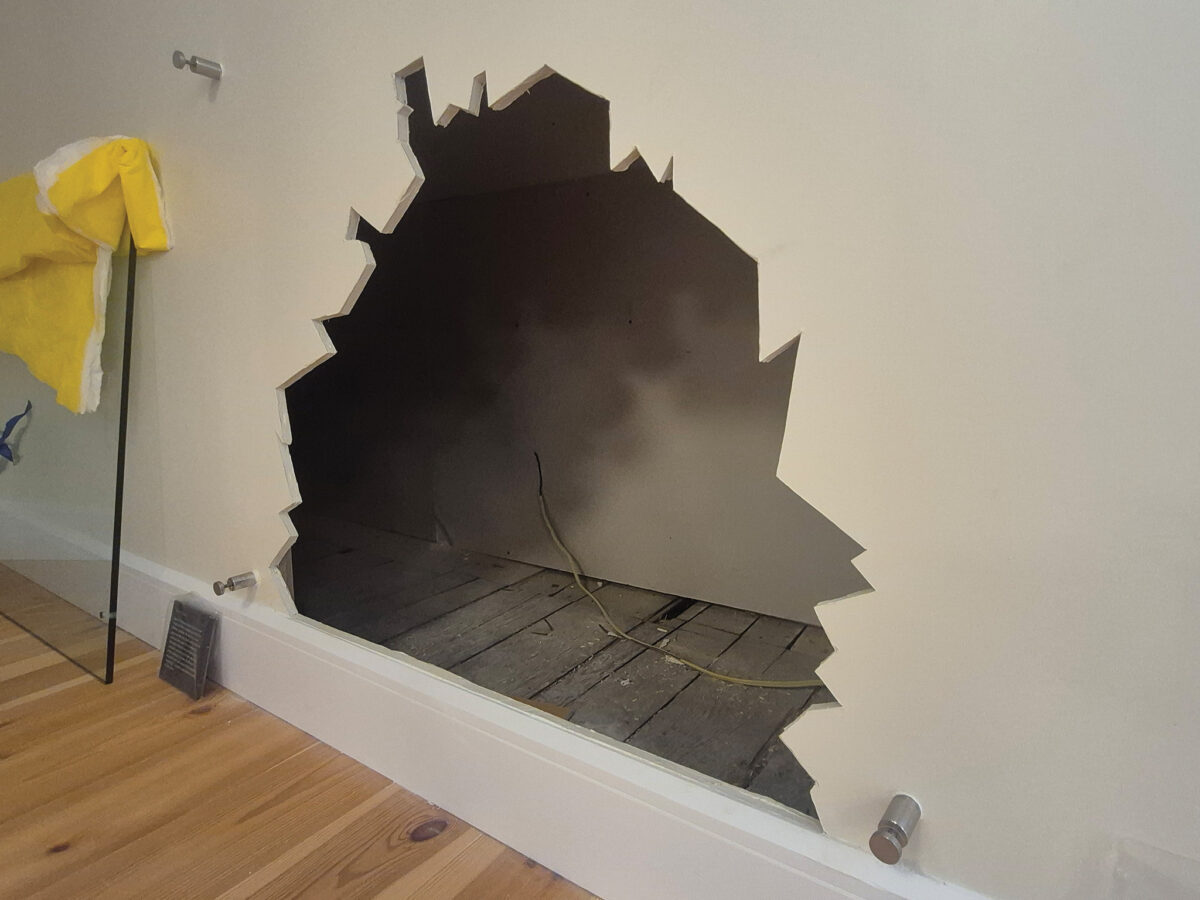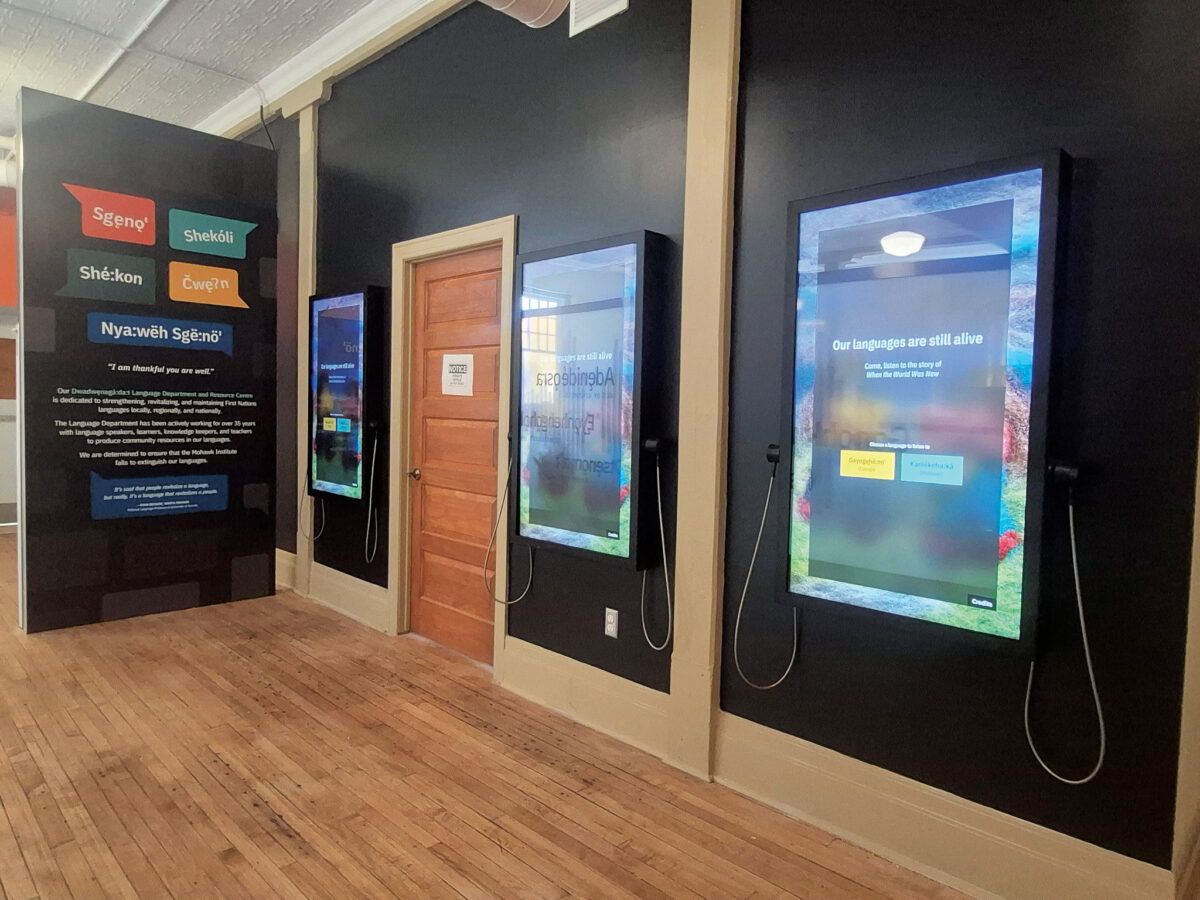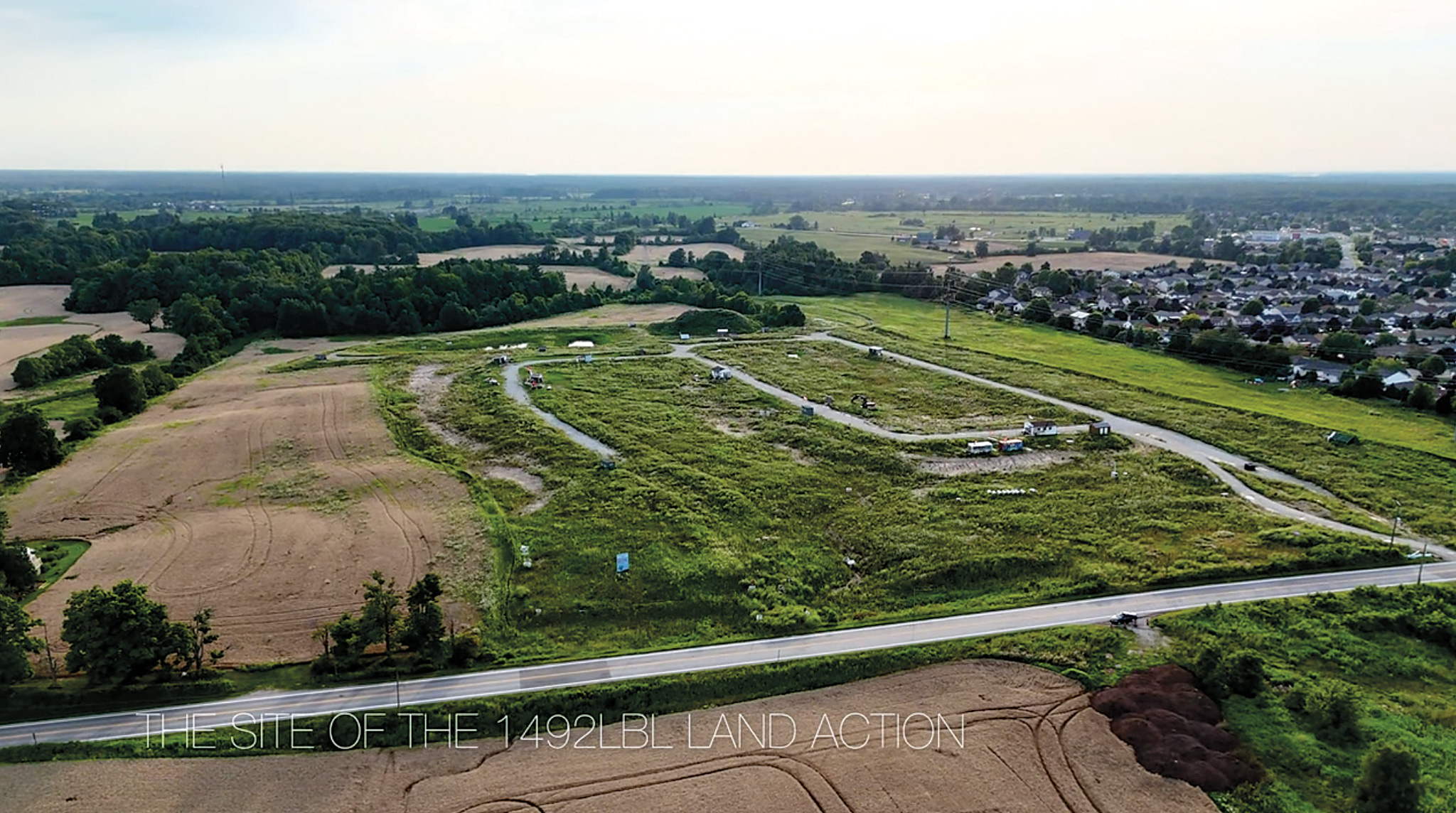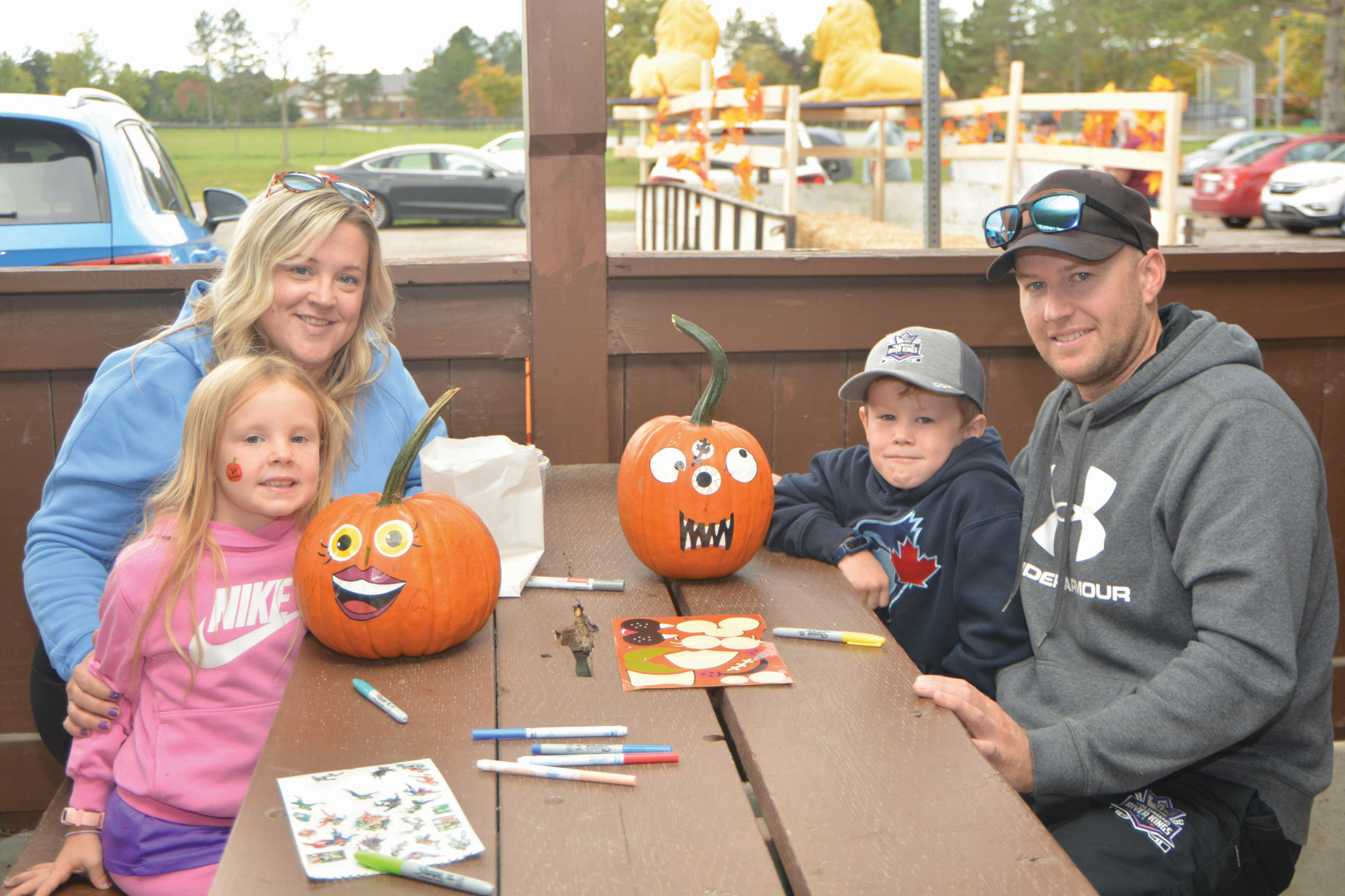BRANTFORD—The Mohawk Institute Residential School, used for over a century as a place where Indigenous children were sent to be systematically stripped of their culture, identity, and sense of safety, is set to open to the public as a fully restored interpretive historic site on September 30, 2025.
On this year’s Truth and Reconciliation Day, the site, housed on the same grounds as the Woodland Cultural Centre at 184 Mohawk St. in Brantford, is expected to play host to over 3,000 attendees looking to learn more about the history of the school and the Indigenous children who were sent there from 1828 to 1970.
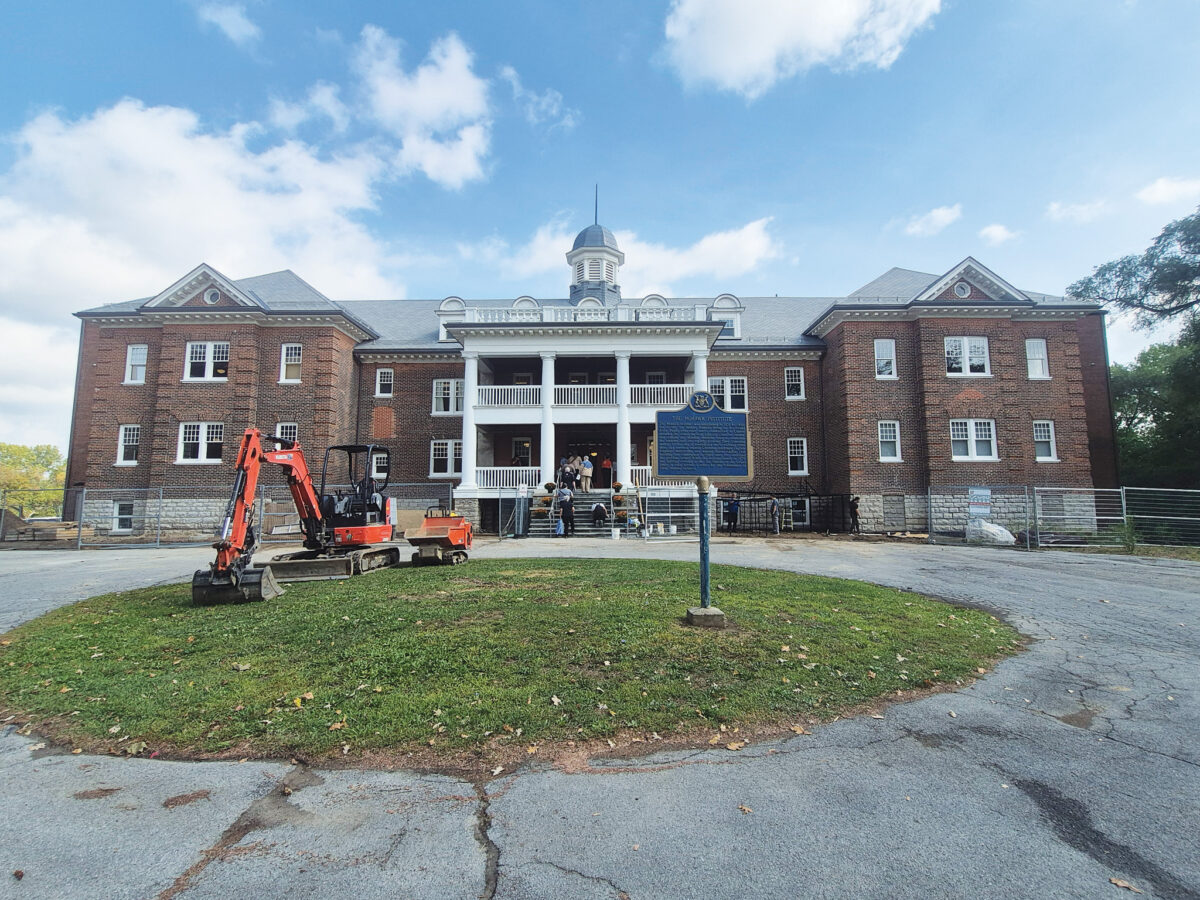
“The overall vision is to ensure the stories and experiences of Residential School Survivors are never forgotten and that visitors to the site have the opportunity to bear witness to that history in the place where it happened, which is what is especially powerful about this site,” said Heather George, Executive Director of the Woodland Cultural Centre. “There are so few residential schools left standing.”
She called the site a place of national and international significance, where people can come to bear witness to history in the place where it happened.
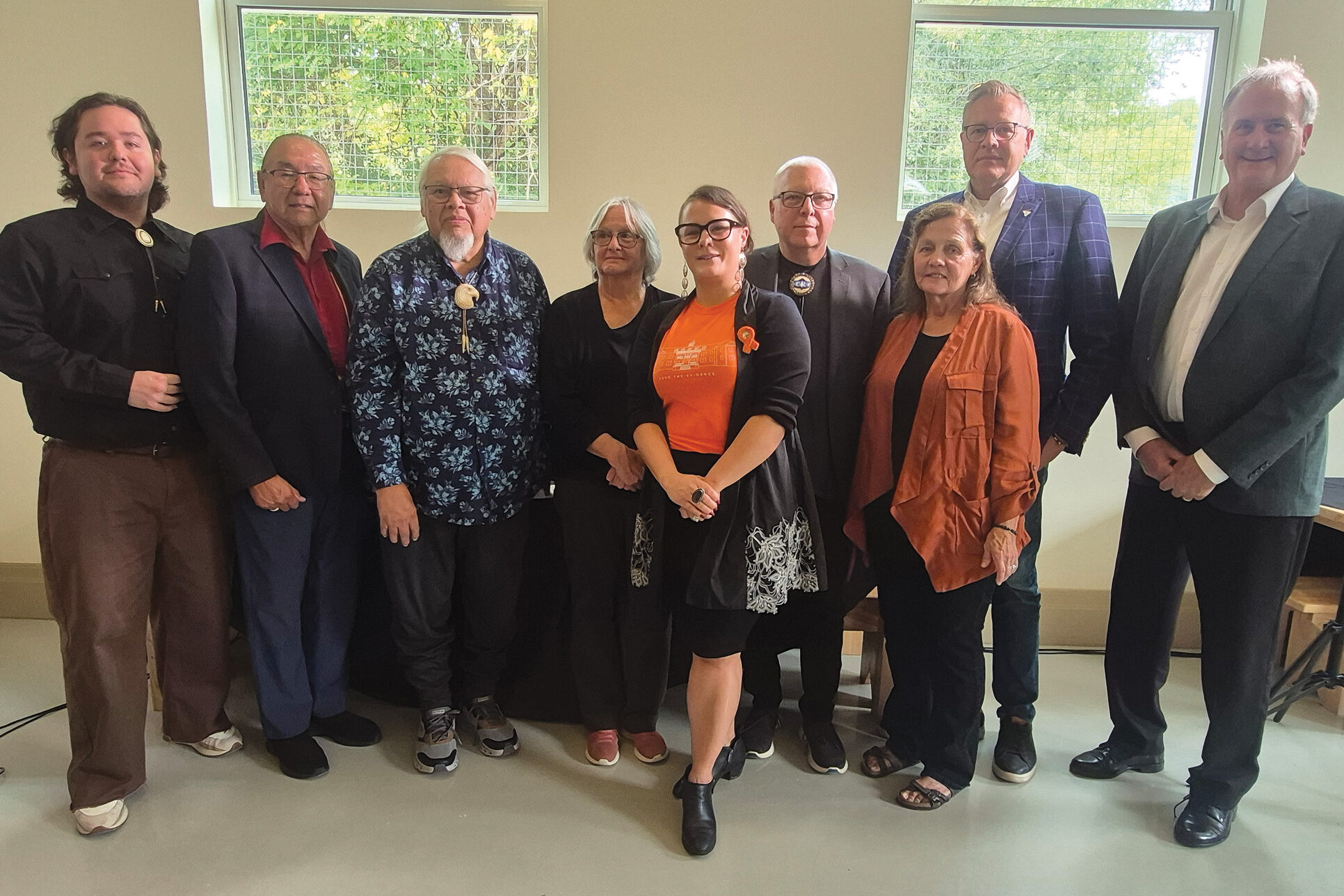
One tour alone is simply not enough to absorb the history and suffering that took place within the walls of the building. Listening stations let guests hear Survivor’s stories in their own voices, replica furniture crafted by the Mennonite community in Kitchener-Waterloo recreates the former dining hall and classroom, while a trip to the basement and upper levels reveals hard truths about the trauma these children suffered at the hands of staff.
While the subject matter is not easy to absorb, George called it important for all Canadians to bear witness to this history as part of their personal reconciliation journey. The site’s education team is working on tours that are geared specifically to children, so they may learn the history through an age-appropriate lens.
The restoration began in 2015 with a fundraiser, ‘Save the Evidence!’, which was initially organized by Amos Key Jr. and a group of supporters. This campaign raised over $26 million in a 10-year effort that has seen the site go from dilapidated to modernized and built to stand the test of time.
BRANTFORD—The interpretive site includes a wide variety of displays and places to explore and reflect. Above,replica desks handcrafted by the Mennonite community have Survivors’ quotes engrained over the tops, a recreated hole in the wall shows a space where children went to hide and find respite; inside, children’s toys and artefacts were found, and will be on display at the site, and an example of the many listening stations available on site to hear a Survivor’s story and an interactive video display sharing more information.
Before construction began, former Woodland Executive Director Janice Bomberry did community consultations, establishing that Survivors supported the idea before a single brick was touched. Once that consultation was complete, only then could the extensive renovations be considered.
“Archaeology has been a really important consideration here,” said George, noting that a review was done before any major foundational work or plumbing was completed. “We’ve been able to replace all the roofs, put in modern HVAC, upgraded plumbing, deal with lead paint and asbestos, fix the foundation that was leaking, put in an elevator to make sure the building is physically accessible…. The final stage where we’re at now is the interpretative stage.”
The school also houses Woodland’s entire library and language archives, which had to be boxed and moved several times throughout the process.
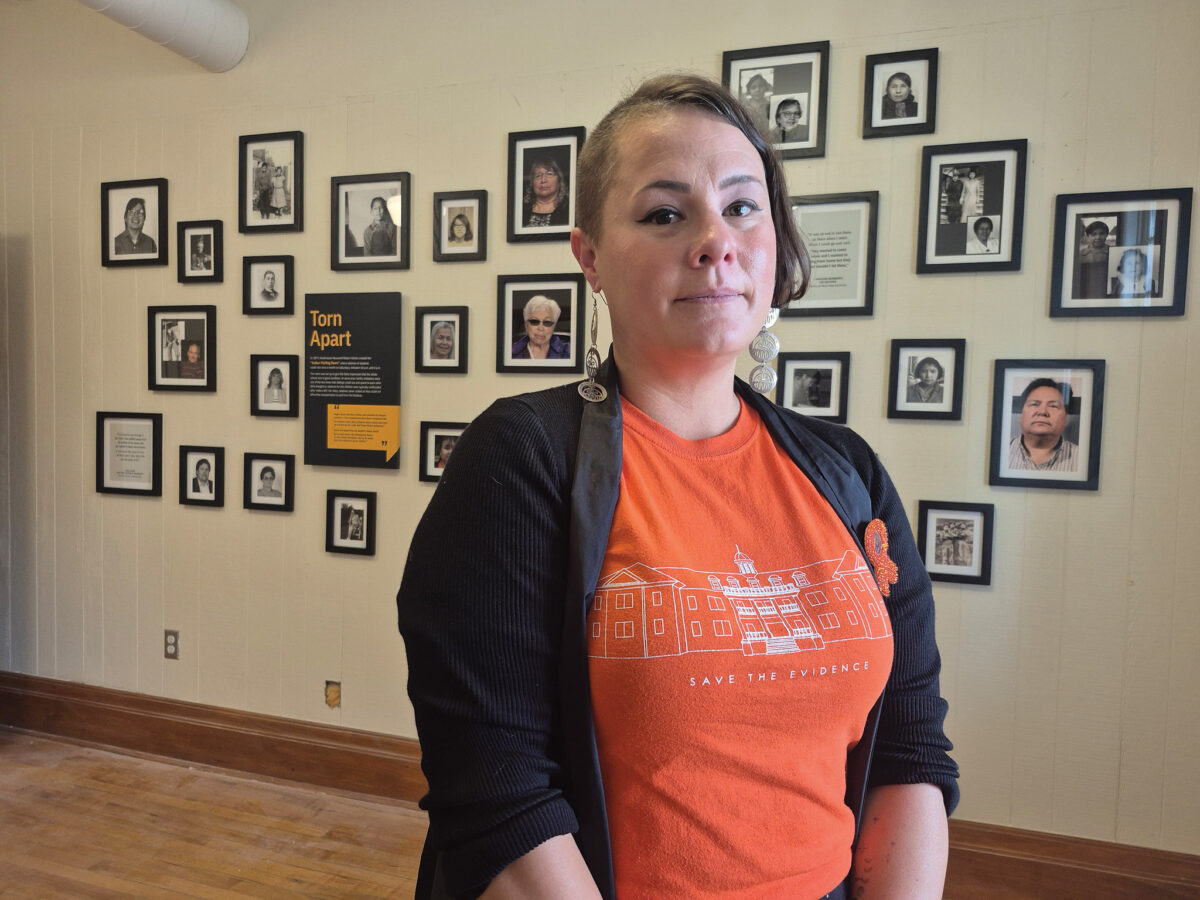
Now that the 10-year project is nearly complete, George expressed gratitude for the many hands that took part in its realization and the patience of those waiting to see it done.
“I’m hopeful that certainly the Survivor community and intergenerational Survivors will feel that we’ve really had a thoughtful and meaningful approach to sharing our stories,” she said. “This is something we’ve all accomplished together.”
While challenging, George said the team behind the work were guided by their hearts.
“When you’re here and you listen to Survivors, you’re in it and you think about what it was like to be a child in this massive, massive building, I think it really touches people’s hearts. That’s where they really start to engage and think about how they can be allies,” she said. “It’s really important for people to understand that reconciliation often doesn’t feel great because these are really hard histories to bear witness to, but it is I think, for non-Indigenous folks, for Canadians, I think it’s a responsibility of good citizenship to know both the good and the bad history of a nation.”
Beyond just the history of the school, a visit to the grounds is also an opportunity to celebrate the art, culture, and knowledge on display next door at Woodland.
“They have the opportunity to see both those things and to bear witness to both the sadness and also the joy,” said George.
She urged patience from the crowds expected on September 30: “Most of the staff that work here have family that went to the residential school. It’s a hard day for us, it’s a day that we are really honoured to be able to host people here,” said George. “If the lines are long or if they don’t get to see exactly what they want that day…. We’re here, so people can return after again and hopefully they’re patient with us.”
For more information on the unveiling, taking place from 10 a.m. to 6 p.m., including information on how to get timed tickets to tour the grounds or take a virtual tour, visit woodlandculturalcentre.ca or send an email to frontdesk@woodlandculturalcentre.ca.
Survivor Roberta Hill shares her story
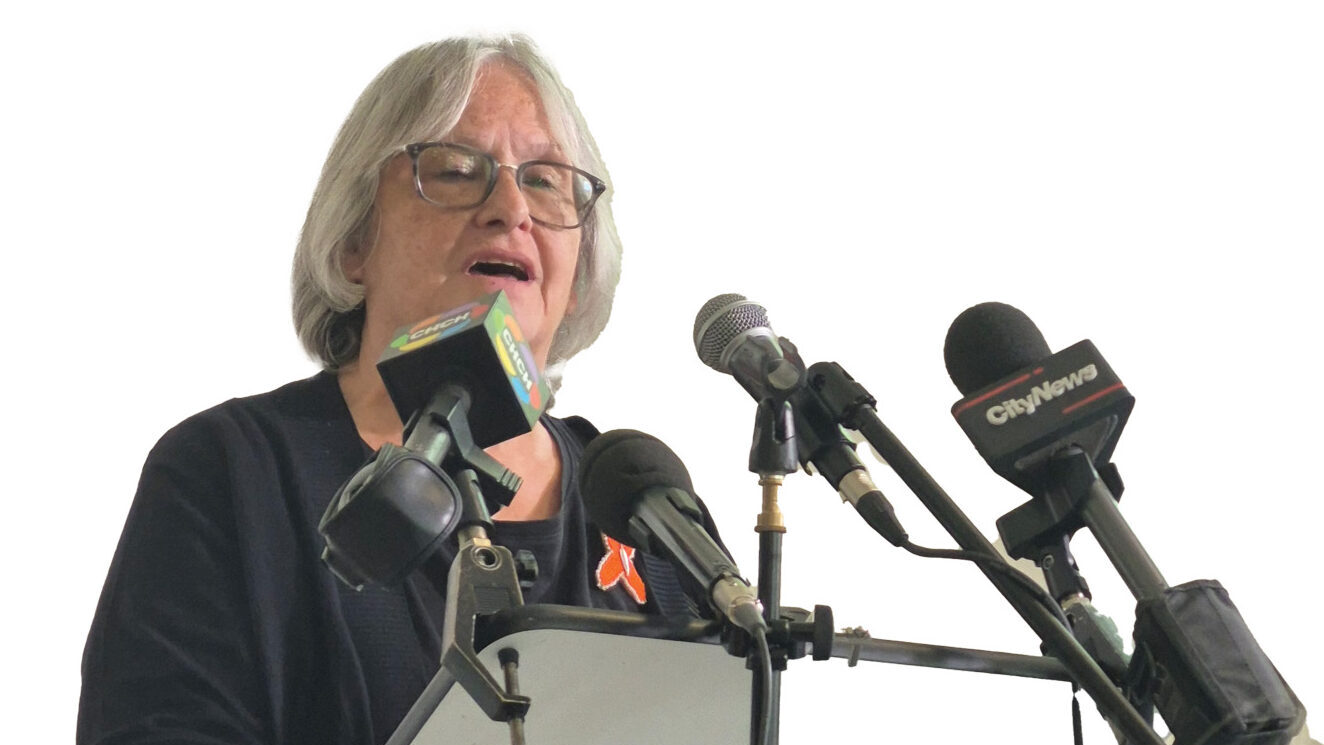
Surivor Roberta Hill shared her memories of coming to the school at just six years old with five of her peers.
“As a six-year old child I think the biggest thing that happened to me, and probably any child that comes in here, is that you really don’t understand why you’re here. Other than I knew my mother was sick, I never knew that I would never go home,” said Hill.
She described her early years at the school as “really, really traumatic,” as the children longed to see their family back home.
“It’s the lack of understanding, or maybe the lack of caring of the officials, who really didn’t care about what we felt, how we were living. That wasn’t the agenda. The agenda is to take away your culture, your language, your identity. This was the perfect place for government and church. They did it,” said Hill.
She continued, “A lot of people lost their language here, but I see there’s a lot in our community and other communities that are getting their language back. Thank goodness.”
She characterized the restored site as “our history, but also Canada’s history, but we’re very much the players in it,” noting the difficult emotions that come with discussing memories of her time there.
“It’s an emotional time when you talk about the abuse that happened here. It’s not just physical; it’s psychological, it’s sexual for some. I’m one of those victims who experienced all of that at the hands of a minister.”
She concluded, “I think history needs to be written by those who were involved in it, not by those who were in control of this.We are the victims. We need our say and you need to hear our voices.”

